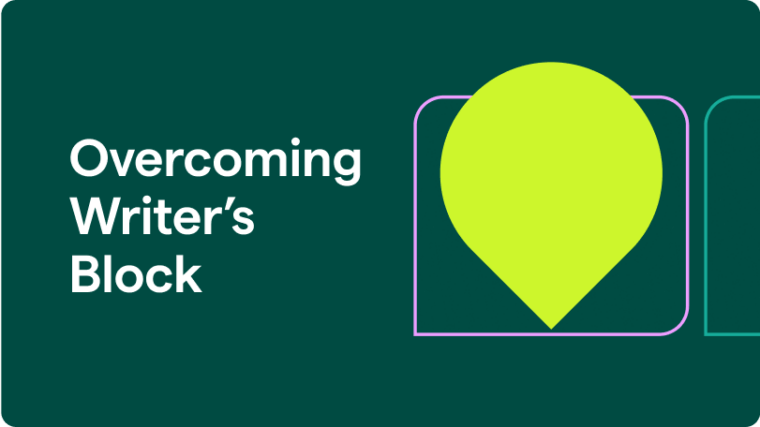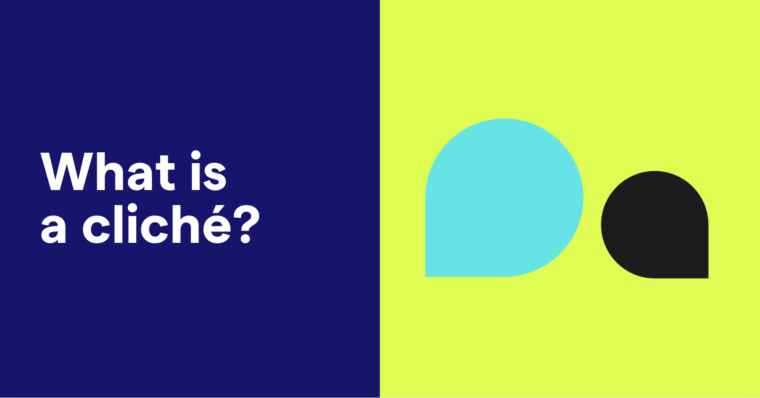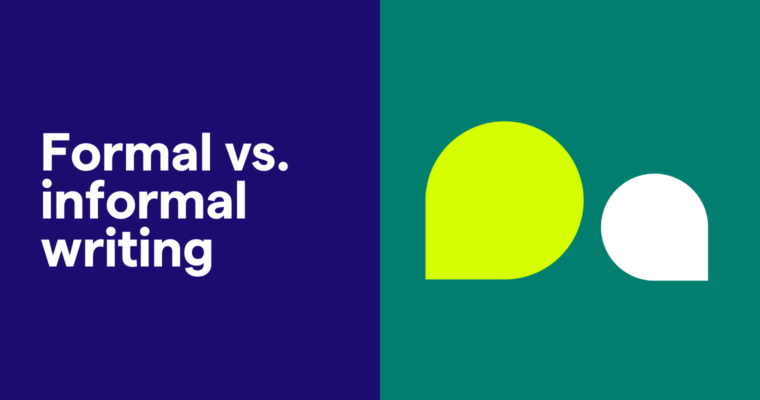
A body paragraph is any paragraph in the middle of an essay, paper, or article that comes after the introduction but before the conclusion. Generally, body paragraphs support the work’s thesis and shed new light on the main topic, whether through empirical data, logical deduction, deliberate persuasion, or anecdotal evidence.
Some English teachers will tell you good writing has a beginning, middle, and end, but then leave it at that. And that’s true—almost all good writing follows an introduction-body-conclusion format. But what no one seems to talk about is that the vast majority of your writing will be middle. That puts a lot of significance on knowing how to write a body paragraph.
Don’t get us wrong—introductions and conclusions are crucial. They fulfill additional responsibilities of preparing the reader and sending them off with a lasting impression, which is why every good writer knows how to write an introduction and how to write a conclusion. But in terms of volume, body paragraphs comprise almost all of your work.
We explain precisely how to write a body paragraph so your writing has substance through and through. After all, it’s what’s on the inside that counts!
Structure of a body paragraph
Think of individual paragraphs as microcosms of the greater work; each paragraph has its own miniature introduction, body, and conclusion in the form of sentences.
Let’s break it down. A good body paragraph contains the following four elements, some of which you may recognize from our ultimate guide to paragraphs:
- Transitions: These are a few words at the beginning or end of a paragraph that connect the body paragraph to the others, creating a coherent flow throughout the entire piece.
- Topic sentence: A sentence—almost always the first sentence—introduces what the entire paragraph is about.
- Supporting sentences: These make up the “body” of your body paragraph, with usually one to three sentences that develop and support the topic sentence’s assertion with evidence, logic, persuasive opinion, or expert testimonial.
- Conclusion (Summary): This is your paragraph’s concluding sentence, summing up or reasserting your original point in light of the supporting evidence.
To understand how these components make up a body paragraph, let’s look at a sample from literary icon Kurt Vonnegut Jr. In it, he himself looks to other literary phenoms William Shakespeare and James Joyce. The following sample comes from Vonnegut’s essay “How to write with style.” It’s a great example of how a body paragraph supports the thesis, which in this case is: To write well, “keep it simple.”
As for your use of language: Remember that two great masters of language, William Shakespeare and James Joyce, wrote sentences which were almost childlike when their subjects were most profound. “To be or not to be?” asks Shakespeare’s Hamlet. The longest word is three letters long. Joyce, when he was frisky, could put together a sentence as intricate and as glittering as a necklace for Cleopatra, but my favorite sentence in his short story “Eveline” is this one: “She was tired.” At that point in the story, no other words could break the heart of a reader as those three words do.
In this sample, Vonnegut demonstrates the four main elements of body paragraphs in a way that makes it easy to identify them. Let’s take a closer look at each.
Transition
As for your use of language:
Rather than opening the paragraph with an abrupt change of topic, Vonnegut uses a simple, even generic, transition that softy guides the reader into a new conversation. The point of transitions is to remove any jarring distractions when moving from one paragraph to the next. They don’t need to be complicated; sometimes a quick phrase like “on the other hand” or even a single word like “however” will suffice.
Topic sentence
Remember that two great masters of language, William Shakespeare and James Joyce, wrote sentences which were almost childlike when their subjects were most profound.
Here, Vonnegut puts forth his main point, that even the greatest writers sometimes use simple language to convey complex ideas—the thesis of this particular body paragraph.
Supporting sentences
“To be or not to be?” asks Shakespeare’s Hamlet. The longest word is three letters long. Joyce, when he was frisky, could put together a sentence as intricate and as glittering as a necklace for Cleopatra, but my favorite sentence in his short story “Eveline” is this one: “She was tired.”
To support his thesis, Vonnegut pulls two direct quotes from respected writers and then dissects the wording to support his initial claim. Notice how there are a few different sentences with each exploring their own points, but they all relate to and support the paragraph’s main thesis.
Summary
At that point in the story, no other words could break the heart of a reader as those three words do.
Vonnegut ends the paragraph with a pithy statement claiming that complex language would have been less effective, reaffirming his central claim that great writers know simple language works best.
How to start a body paragraph
Often the hardest sentence to write, the first sentence of your body paragraph should act as the topic sentence, introducing the main point of the entire paragraph. Also known as the “paragraph leader,” the topic sentence opens the discussion with an underlying claim (or sometimes a question).
After reading the opening sentence, the reader should know, in no uncertain terms, what the rest of the paragraph is about. That’s why topic sentences should always be clear, concise, and to the point. Avoid distractions or tangents—there will be time for elaboration in the supporting sentences. At times you can be coy and mysterious to build suspense, opening with a question that ultimately gets answered later in the paragraph. Nonetheless, you should still reveal enough information to set the stage for the rest of the sentences.
More often than not, your first sentence should also contain a transition to bridge the gap from the preceding paragraph. Under special circumstances, you may also put a transition at the end of the sentence, but in general, putting it at the beginning is better for readability.
Don’t let transitions intimidate you; they can be quite simple and even easy to apply. Usually, a single word or short phrase will do the job. Just be careful not to overuse the same transitions one after another. To help expand your transitional vocabulary, our guide to connecting sentences collects some of the most common transition words and phrases for inspiration.
How to end a body paragraph
Likewise, the concluding sentence to your body paragraph holds extra weight. Because the reader takes a momentary pause at the end of each paragraph, that last sentence will “echo” just a bit longer in their minds while their eyes find the beginning of the next paragraph. You can take advantage of those extra milliseconds to leave a lasting impression on your reader.
In form, your concluding sentence should summarize the thesis of your topic sentence while incorporating the supporting evidence—in other words, it should wrap things up.
It’s useful to end on a meaningful or even emotional point to encourage the reader to reflect on what was discussed. Vonnegut’s conclusion from our sample makes a strong and forceful statement, invoking heartbreak (“break the heart”) and using absolute language (“no other words”). Powerful language like this might be too climactic for the supporting sentences, but in a conclusion, it fits perfectly.
How to write a body paragraph
First and foremost, double-check that your body paragraph supports the main thesis of the entire piece, much like the paragraph’s supporting sentences support the topic sentence. Don’t forget your body paragraph’s place in the greater work.
When it comes to actually writing a body paragraph, as always we recommend planning out what you want to say beforehand, which is a good reason to learn how to write an outline. Crafting a good body paragraph involves organizing your supporting sentences in the optimal order—but you can’t do that if you don’t know what those sentences will be!
A lot of times, your supporting sentences will dictate their own logical progression, with one naturally leading into the next, as is often the case when building an argument. Other times, you’ll have to make a choice about which evidence to present first and last, as Vonnegut did when choosing between his Shakespeare and Joyce examples. Also as with Vonnegut’s example, your choice of conclusion may help determine the best order.
This can be a lot of take in, especially if you’re still learning the fundamentals of writing. Luckily, you don’t have to do it alone! Grammarly offers suggestions beyond spelling and grammar, helping you hone clarity, tone, and conciseness in your writing. With Grammarly, ensure your writing is clear, engaging, and polished, wherever you type.





